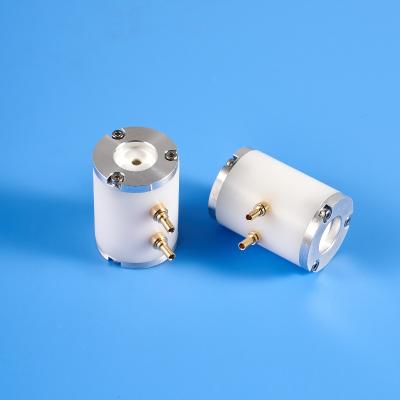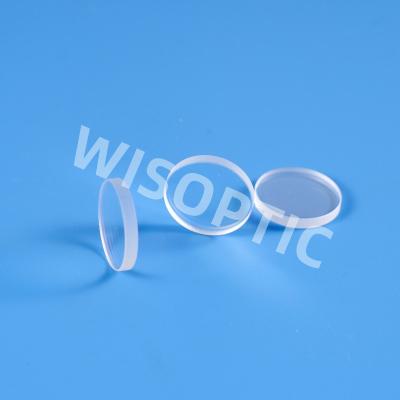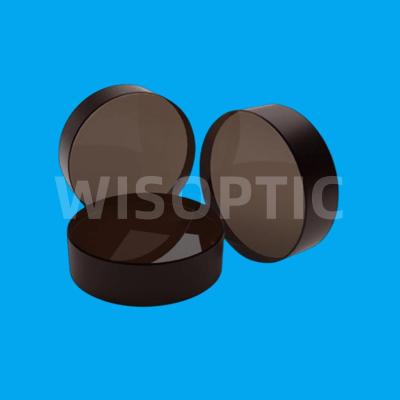Research Progress of Mid-infrared Laser Crystals - Part 08
1.5 ~ 4 μm laser crystals doped with Fe2+
Compared with Cr:ZnSe, Fe:ZnSe has a smaller band gap and is prone to produce thermally induced multi-phonon quenching, so both laser power and efficiency are low. In 1999, Adams et al. realized the tunable wavelength of 3.98-4.54 μm at low temperature for the first time in Fe:ZnSe, and obtained laser output with slope efficiency of 8.2%. Pumped by Er3+ doped or Cr:ZnSe @ 2.7 μm laser, 4.0 μm wavelength and 1 W level continuous laser output have been obtained at room temperature. In 2020, Pushkin et al. used graphene mode-locking to achieve 4.4 μm laser output with a pulse width of 732 fs. This is the report of the longest wavelength and shortest pulse laser output of Fe2+ obtained so far.
The main development trend in the future: II-VI group ZnSe/ZnS crystals doped with Cr2+ or Fe2+ generally have a large emission cross-section σem (10-18 cm2), but the upper energy level life is short (μs), which is not conducive to energy storage. It is the "titanium gemstone" in the mid-infrared band, the development of ultra-short and ultra-intense lasers with higher peak power is the main direction. High-quality single crystal (or transparent ceramics) is needed to be developed in the future.
1.6 Over 4 μm laser crystals doped with Dy3+, Er3+ , Pr3+
Because of the domination of the non-radiative transition, the crystals that can obtain laser output at over 4 μm are mainly concentrated in halides and sulfur (selenium) compounds with extremely low phonon energy. In 1994, Bowman et al. Achieved laser output of 5.242 μm with slope efficiency of 23% at low temperature of 130 K in Pr:LaCl3 crystal. In 2013, Jelinkova et al. achieved 4.32 μm continuous laser output in Dy:PbGa2:S4 crystal with power of 67 mW and slope efficiency of 8% . In 2005, Bowman et al. achieved laser output of 4.52 μm in Er:KPb2:Cl5 crystal with an efficiency of 6.2%. In 2016, Jelinkova et al. achieved a laser output of 5.4 μm at room temperature by using Dy:PbGa2:S4 crystals.
Except for the Fe:ZnSe crystal (or transparent ceramic) mentioned in 1.5 above, the slope efficiency of other material is lower than 10%, or they need to operate at low temperature.
The main development trend in the future: In addition to Fe:ZnSe which has high power and is wide tunable, and ultrafast crystals (or transparent ceramics), it is necessary to develop new matrix crystals doped with rare earth elements with low phonon energy, high energy storage capability, and high emission cross-section, such as PbGa2:S4, CaGa2:S4 and halides, etc. And continue to explore longer wavelengths, such as ~4.5 μm Er3+ (4I9/2→4I11/2), ~4.6 μm Pr3+ (3F3→3F6), ~4.8 μm Tb3+ (7F5→7F6), ~4.9 μm Ho3+ (5I4→5I5), ~5.1 μm Nd3+ (4I13/2→4I11/2), ~5.4 μm Dy3+ (6H11/2→6H13/2) , ~7.2 μm Pr3+ (3F3→3F2), etc.



